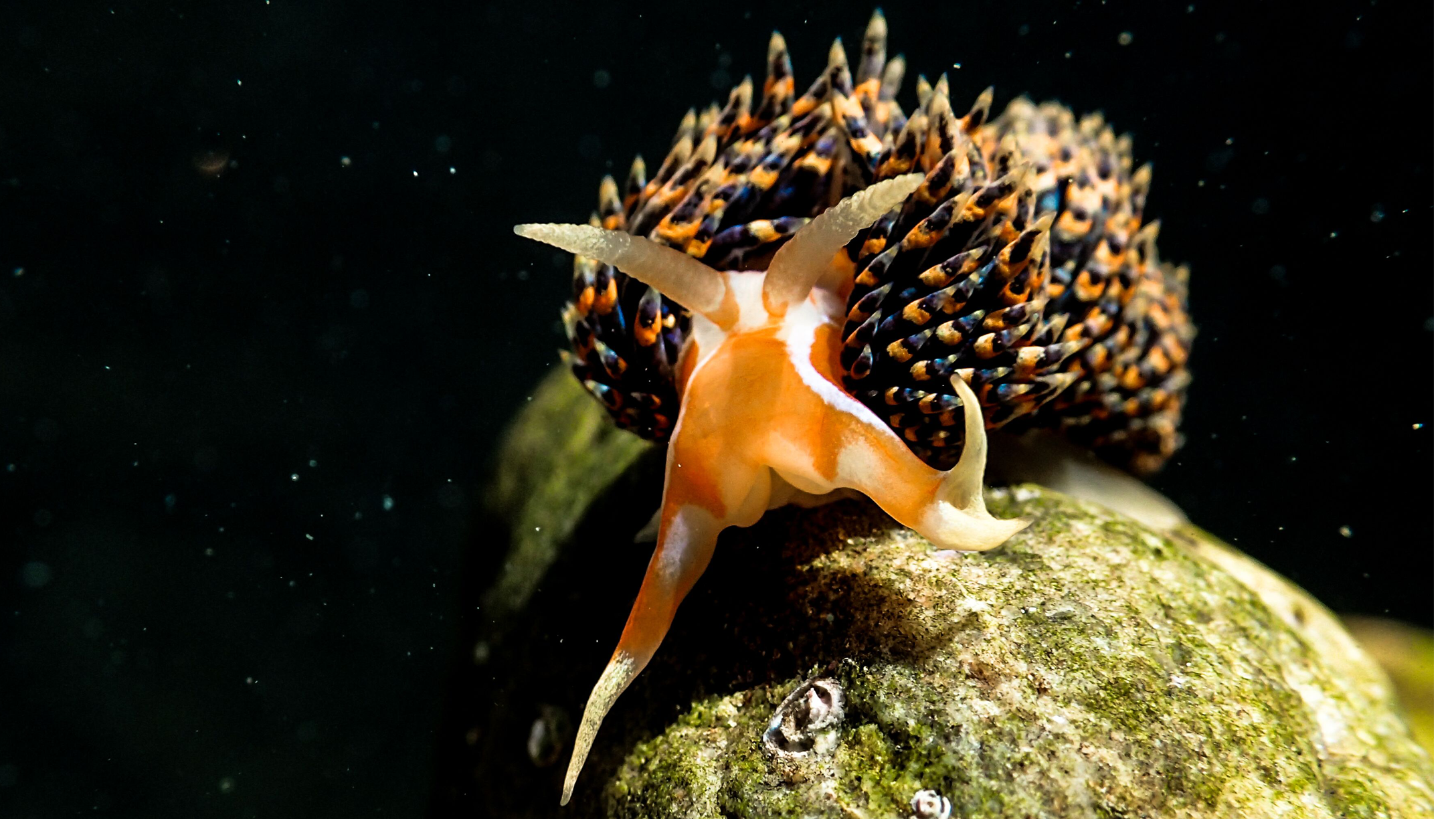As humanity hunkered down in private homes in quarantine, the internet said, the animals were returning. The photos from a village in Yunan province were the best: after bingeing on corn wine, there are some elephants in the tea grove, face bumping like drunk women bonding in the loos over bad exes. Next: the ellies asleep in between the hedges, bum to leathery bum, trunks curled, mirrored like fractals. Then there were swans that had returned to the canals of Venice, as the tourist boats had disappeared—no, even, better, there were dolphins.
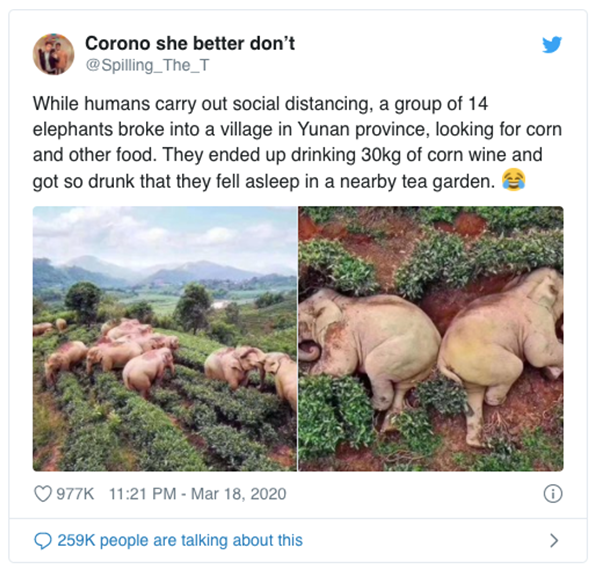
It was always too good to be true, and these viral social media stories have all been debunked. There are no dolphins in Venice, and no one know where the elephant photos really came from. But there have been more reasonable sorties into urban space, by sika deer, raccoons and monkeys, and there will probably be more as urban space remains emptied for weeks, if not months.
The human motivations here are not, I think, entirely cute: deer wandering through the main streets is the opening credits of a movie in which there is almost no one left, one where humans are not just hiding, but permanently gone.
It’s also driven by a kind of amused sense of revenge. I feel like mother nature has sent us all to our rooms to think about what we’ve done wrong, went one viral tweet. There’s feeling that because our abuse of wildlife generated this virus, now wildlife gets to have its own back. And that is not a million miles away from one the worst takes on the coronavirus crisis, that it will automatically empower the fight against climate change and so is some kind of ecological blessing.
But it’s not all dark or misguided. I have to admit, as the world as has become suddenly, collectively, sad and dramatic, I find myself constantly thinking about how the birdsong I hear instead of traffic might actually be possible outside of a pandemic. And I find it reassuring to find I’m not the only one. Without pets or kids, I want to find ways to make my sliver of outdoor space—a thin Swiss balcony—a little more full of life. And so, I found myself googling things like ‘urban’, er, ‘wilding’? and trawled my way to the biophilic city crowd.
The term biophilia dates back to the 70s; it’s a term most famously punted by E.O. Wilson, the celebrated biologist, to connote an innate connection between humans and the natural world. The ‘biophilic city’ has being doing the rounds in urban planning circles for decades. Yet for all time for solidification, it has an air of semi-formedness about it, like it is not so much a concept as a bunch of semi-congruent aspirations huddling together for warmth, in order to escape the icy winds of the status quo.
These aspirations include building cities compatible with watersheds and living rivers; enough plants and trees to allow animal food chains; space and means and tolerance for the movement of said animals; and, not least, inhabited by humans interested in said nature. In other words: things not seen outside of science fiction and the “parliamentary democracy” of Singapore.
Like most utopian ideas, it’s moderately annoying, with its heavy focus on living walls and rooftop gardens. Even the most effective techniques suffer from strong elementary-school-project vibes (see bat houses, insect hotels, and 24 foot towers for chimney swifts). Most of the examples come from cities which are, in global terms, stonkingly rich. And proponents tend either to ignore or stumble horribly in confronting the realities of urban life in poor countries, where cities can barely cater for humans, even though a baboon might still shit on your car.*
Few will be inspired by the spectacle of the self-infatuated rich buying up farm land for a conservancy close to their apocalypse bunker, or letting some corner of their aristocratic family’s centuries-old estates go to gorse. Urban wilding, though, is right there in the mix: it is where the high concentrations of people are, as well as their financial systems, political systems and relentless retail franchises, presenting real opportunities for reimagining human life.
What the idea of biophilic cities has going for it is that it’s for the people, by the people.
Sorry, perhaps: for the biopolis, by the biopolis.
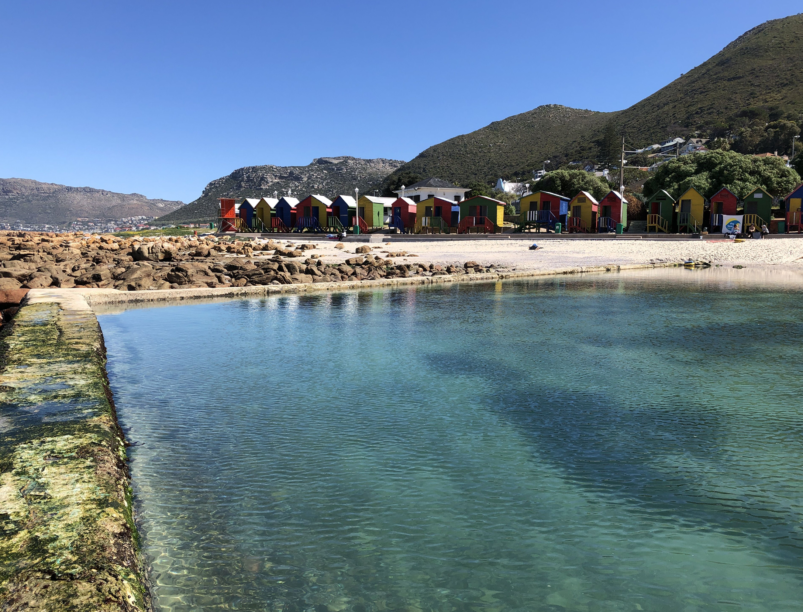 Lisa Beasley
Lisa BeasleyMy own favourite, 100% genuine urban wilding story comes from Cape Town, where the City has recently committed to stop draining man-made tidal pools and cleaning them with harsh chemicals and wall scrapers. In four pools where a two year trial has been in place, marine life has exploded: sea hares, bubble shells and nudibranchs; feather duster worms, anemones, cuttle fish, and octopus. They are all highly visited sites, in a city of some four million people.
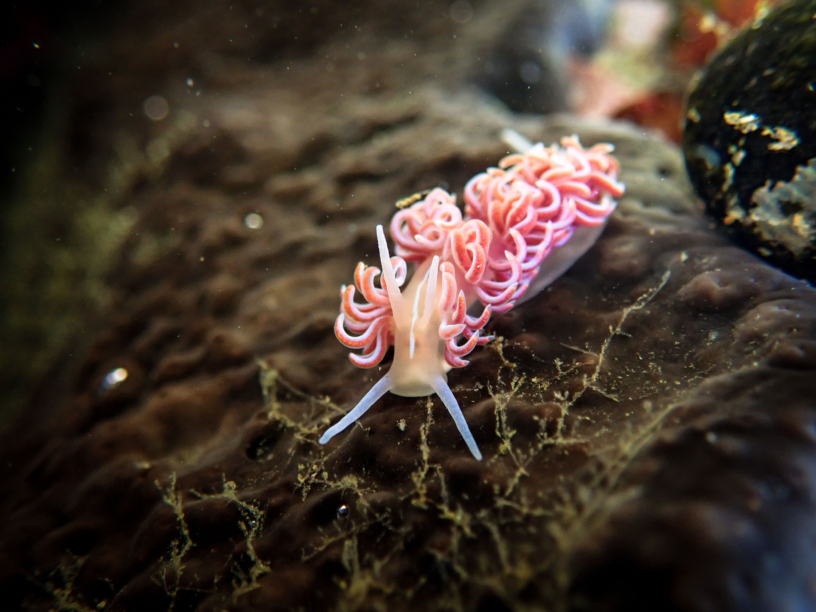 Lisa Beasley
Lisa Beasley Lisa Beasley
Lisa Beasley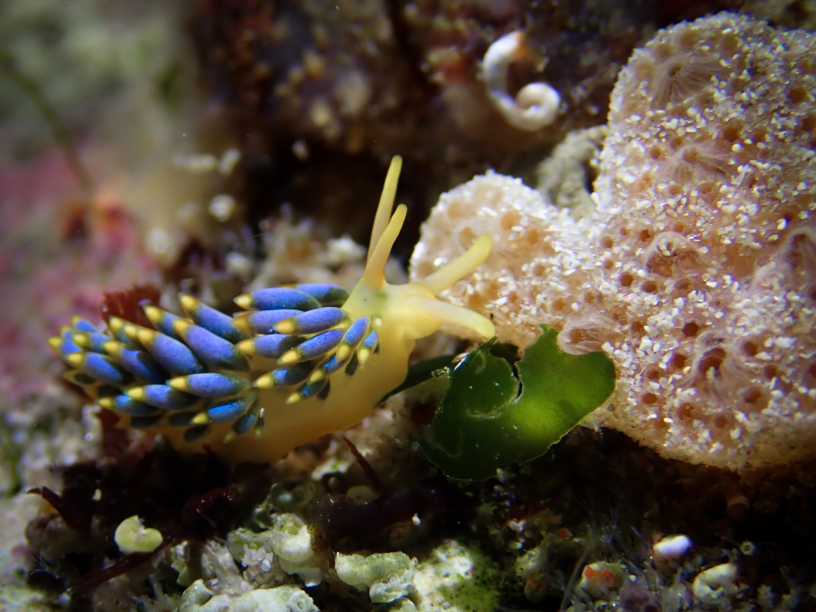 Lisa Beasley
Lisa Beasley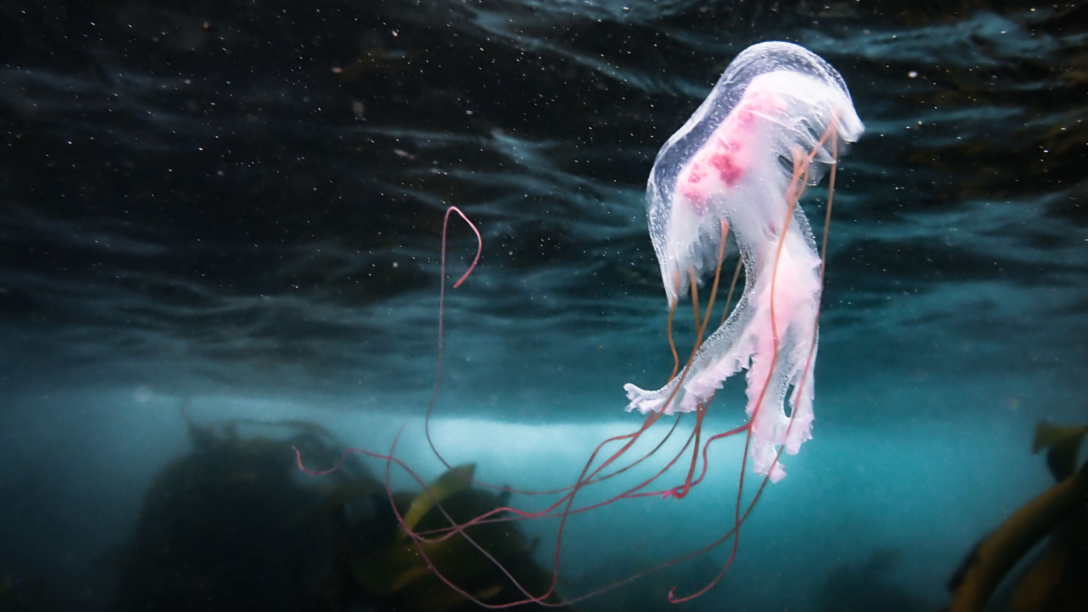 Lisa Beasley
Lisa BeasleyThe original impetus to trial wildlife-friendly cleaning methods come through the advocacy of a free diver called Lisa Beasley. As part of her training, Beasley took long dips in St James pool in winter to acclimatise her body to the cold. She happened to do this during a break in the usual municipal cleaning schedule, during which life had colonised the pool; she took the amazing creatures she saw growing there for granted until she learnt that the resumption of the City’s cleaning schedule would eradicate them, and launched a campaign to delay the clean until a less invasive approach could be found.
One of the reasons I like the tidal pool story so much is that Beasley was led there by her own quest for healing. In 2004, she had a horrific base-jumping accident when her parachute did not open properly, and her body was repeatedly slammed against a cliff face before crashing to the ground. She broke her skull, her collarbone, and her feet. Lucky to be alive, she went through a slow process of recovery which meant she couldn’t walk unaided for three years. Even then, putting pressure on her ankle caused immense pain. She found physical and mental relief in the buoyancy of freediving, and in turn discovered the underwater life of the Cape, which she sought to save.
 Lisa Beasley
Lisa Beasley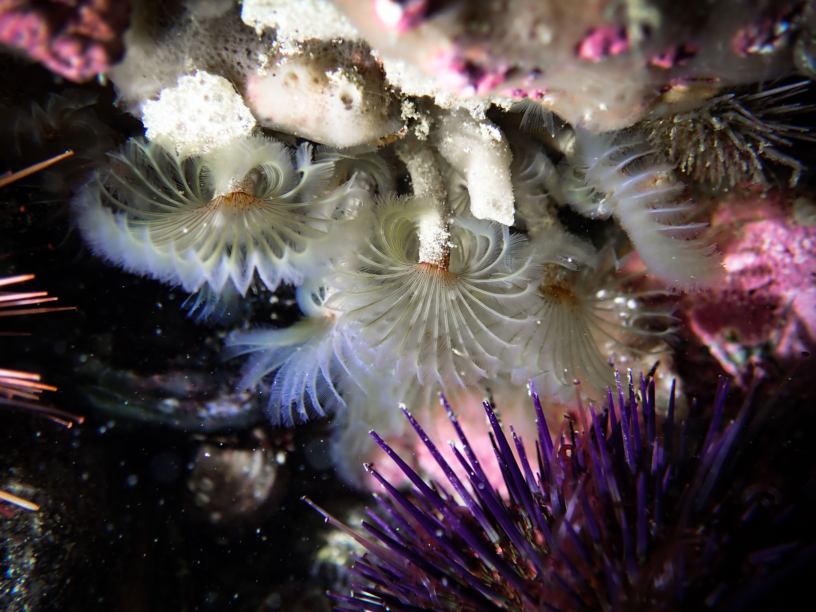 Lisa Beasley
Lisa Beasley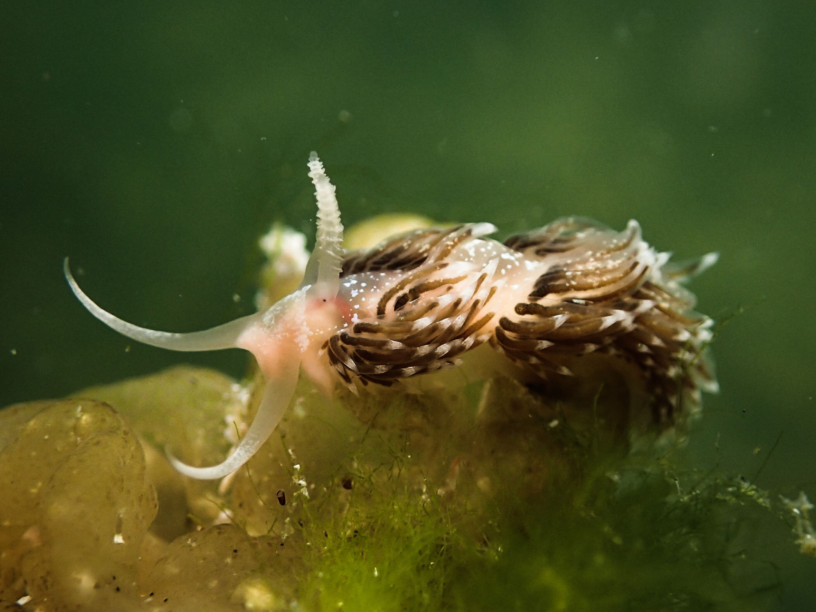 Lisa Beasley
Lisa BeasleyTwo years of advocacy later—including building a community platform for activism, information and debate about the pools—Beasley’s initial demand has become the City’s standard procedure.
Architects and urban planners are already predicting that the new coronavirus epidemic will radically reshape urban life and the built environment, as previous epidemics have done. People predict a tension between the increasing concentration of urban populations, which is justified in part by ecological concerns, and the newly urgent sanitary imperative to de-densify cities.
Lifesaving measures that may seem required now, like the invasive tracking of quarantined individuals in Hong Kong and South Korea, will, in our post-quarantine lives, likely spur the increase of surveillance and idealising technological fixes incompatible with the for the people, by the people world, I, for one, would like to live in. If we want to shape a different trajectory, post-crisis, we need to be armed with different ideas.
I’m no fan of the idea that the new
coronavirus helps the ecological cause; it brings death, and will bear down on
the most vulnerable the hardest. But in the kitsch viral stories about drunk
elephants and smug swans, there is undeniably a seed of longing for a
post-virus world more full of life.
There is something to nurture in the idea that this big global hurt came
from a big global overexploitation of nature, and so maybe a big global healing
could come in its wake.
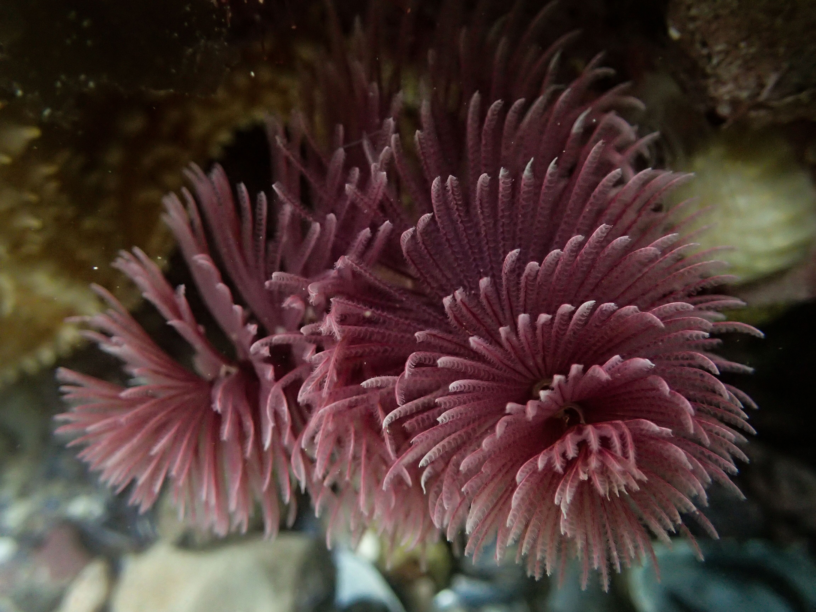 Lisa Beasley
Lisa Beasley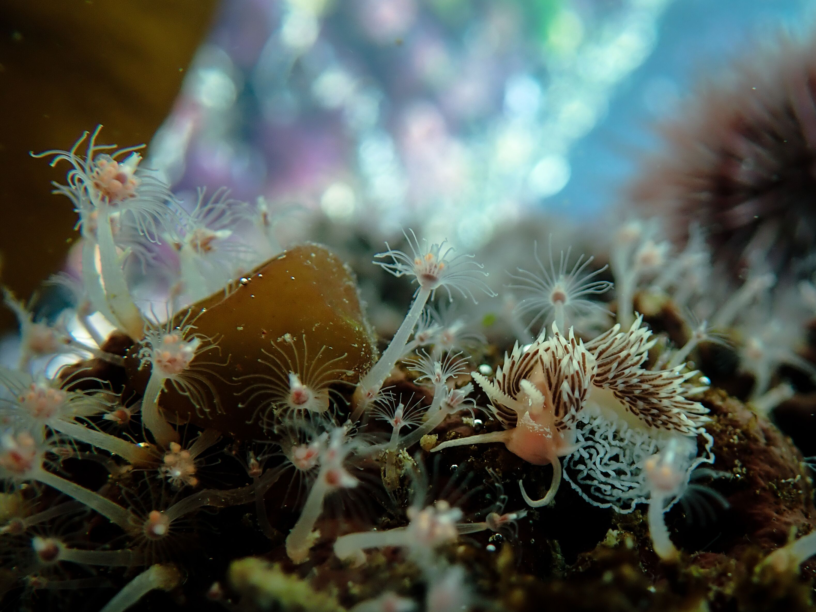 Lisa Beasley
Lisa Beasley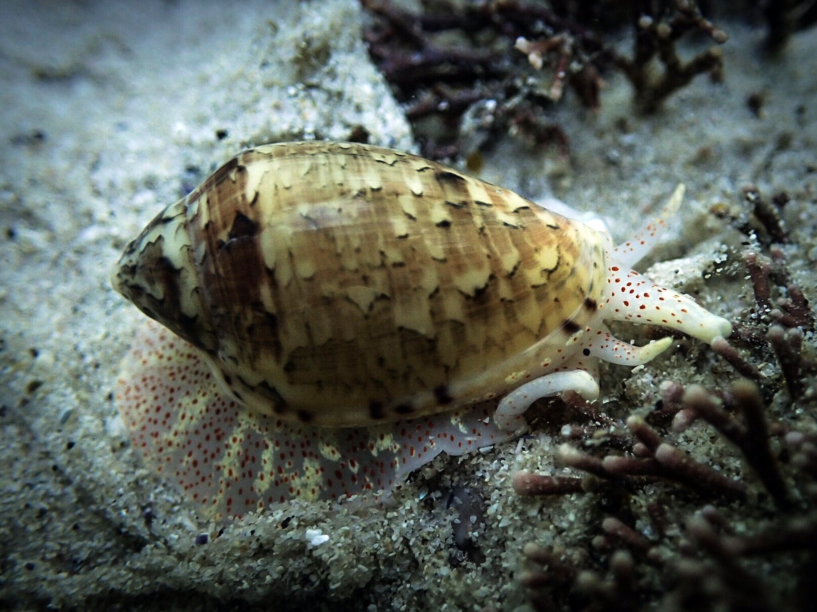 Lisa Beasley
Lisa Beasley* (personal experience)

